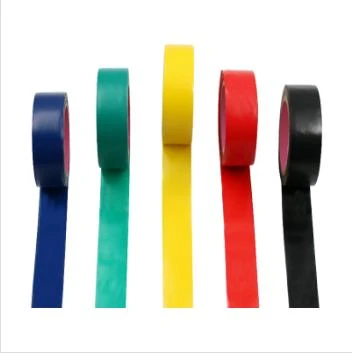Understanding Expansion Joint Foam Strips Key to Structural Integrity
In modern construction and engineering, the integrity of structures against various environmental factors is paramount. One crucial component in maintaining this integrity is the expansion joint foam strip. These strips are critical in managing the natural expansion and contraction of building materials due to temperature variations, moisture, and other external influences. This article explores the importance, applications, and properties of expansion joint foam strips, providing insights into why they are essential in construction.
What Are Expansion Joint Foam Strips?
Expansion joint foam strips are flexible materials used to fill the gaps between construction elements, such as concrete slabs, walls, and floors. They are typically made from closed-cell foam, which offers excellent resilience and durability. The primary purpose of these strips is to absorb thermal expansion and contraction, preventing potential damage to the structure. Without expansion joints and the appropriate foam strips, buildings could suffer from cracking, warping, or even structural failure over time.
Importance of Expansion Joint Foam Strips
1. Flexibility and Resilience One of the most important properties of expansion joint foam strips is their inherent flexibility. They can compress and expand as required, accommodating the movement of surrounding materials. This flexibility is crucial during seasonal changes when temperatures fluctuate, causing materials to contract and expand.
2. Water and Moisture Resistance Many expansion joint foam strips are designed to be water-resistant or waterproof. This characteristic prevents water ingress, which can lead to mold, mildew, and deterioration of building materials. By effectively sealing joints, these strips contribute to the longevity of the structure.
3. Sound and Vibration Dampening Besides managing thermal expansion, foam strips also play a role in sound and vibration absorption. This is particularly important in commercial buildings where noise control is necessary for occupant comfort. The foam materials can help reduce the transmission of sound and vibrations between different sections of a building.
4. Ease of Installation Often, expansion joint foam strips come in pre-cut sizes or can be easily trimmed to fit specific applications. Their lightweight nature allows for straightforward installation, making them a convenient choice for builders and contractors.
Applications of Expansion Joint Foam Strips
Expansion joint foam strips are utilized in various settings
expansion joint foam strip

- Commercial and Residential Buildings In both residential homes and commercial buildings, these strips are essential for protecting floors, walls, and ceilings from the effects of thermal expansion. For example, large concrete slabs in parking garages or basements require foam strips at their joints to accommodate movement.
- Bridges and Highways Engineers often install expansion joint foam strips in bridge construction to manage the expansion due to load and temperature changes. Similarly, they are essential in highway pavement to maintain the integrity of the road surface.
- Industrial Facilities Manufacturing facilities with heavy machinery often experience significant vibrations. Using expansion joint foam strips in these environments helps alleviate stress on structural components, ensuring safer and more efficient operations.
Key Considerations When Choosing Foam Strips
When selecting expansion joint foam strips, several factors should be considered
- Material Quality Ensure that the foam material is of high quality and suitable for your specific application, taking into account temperature ranges, exposure to chemicals, and moisture levels.
- Thickness and Density Depending on the size of the joint, the thickness and density of the foam strip should be selected to provide optimal compression and recovery characteristics.
- Compatibility with Other Materials It's crucial that the foam strips are compatible with the materials used in the structure to prevent chemical reactions that could degrade their performance.
Conclusion
In conclusion, expansion joint foam strips are vital components in modern construction, offering a practical solution to managing structural movement due to temperature fluctuations. Their flexibility, water resistance, sound dampening properties, and ease of installation make them indispensable in various applications, from residential buildings to bridges and industrial facilities. As construction techniques and materials evolve, the role of expansion joint foam strips will continue to be pivotal in ensuring the safety and durability of structures worldwide. By understanding their importance and making informed choices, builders and architects can significantly enhance the longevity and reliability of their projects.
-
XIANGFAN Rubber Tape-Ultimate Solutions for All Your Insulation NeedsNewsJun.24,2025
-
XIANGFAN Rubber Tape-Protection for Industrial and Residential ApplicationsNewsJun.24,2025
-
XIANGFAN Rubber Tape: Superior Safety and Sealing for Demanding EnvironmentsNewsJun.24,2025
-
XIANGFAN Rubber Tape: Reliable Solutions for Every Electrical ChallengeNewsJun.24,2025
-
XIANGFAN Electrical & Industrial Tape: Powering Reliability Across IndustriesNewsJun.24,2025
-
XIANGFAN Electrical & Industrial Tape: Excellence in Every ApplicationNewsJun.24,2025
